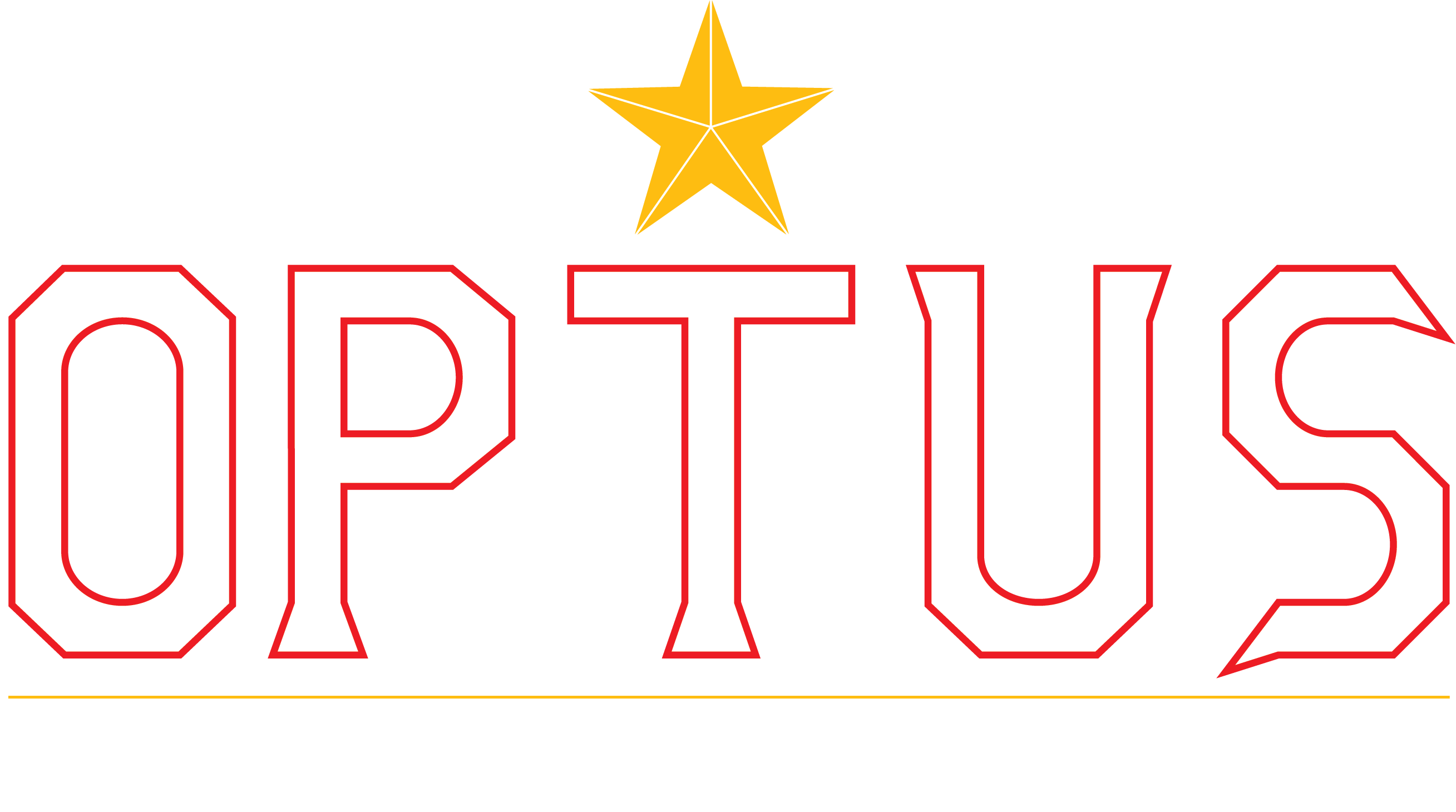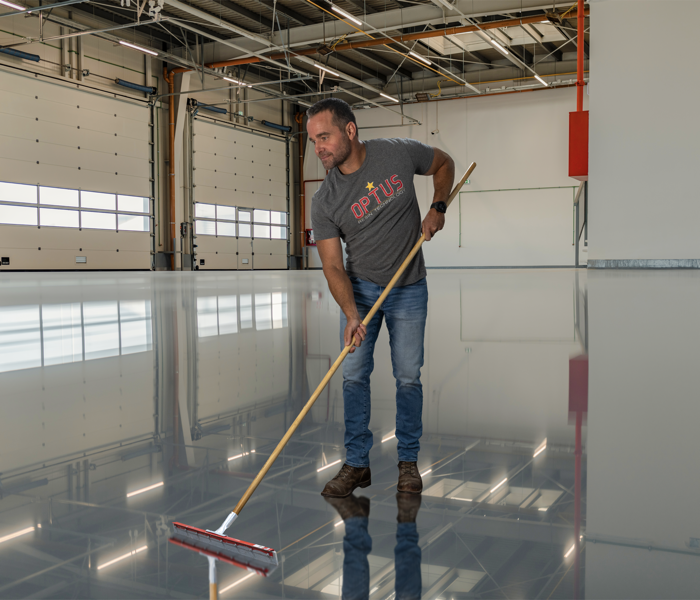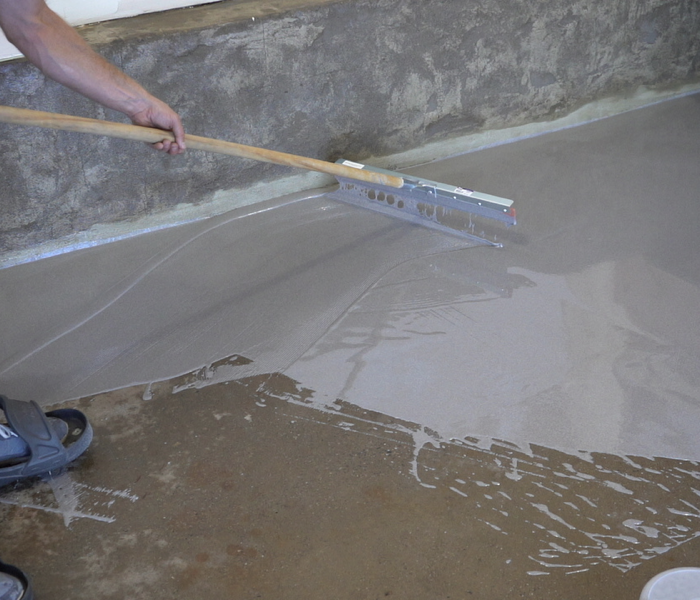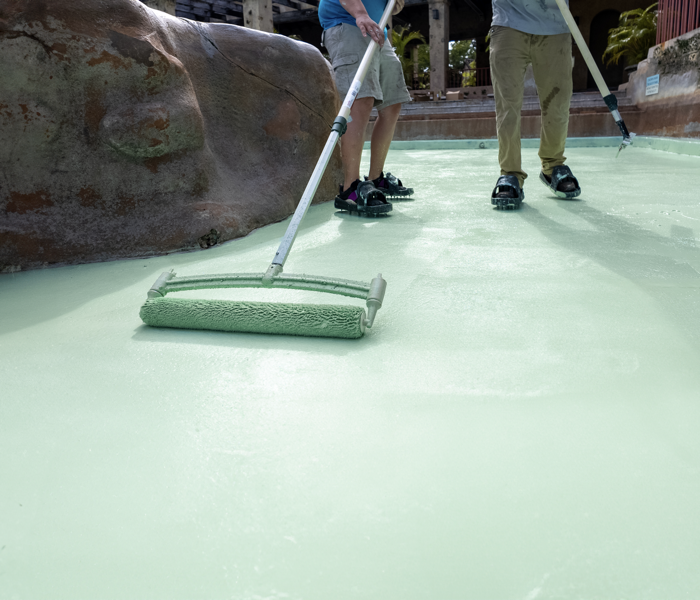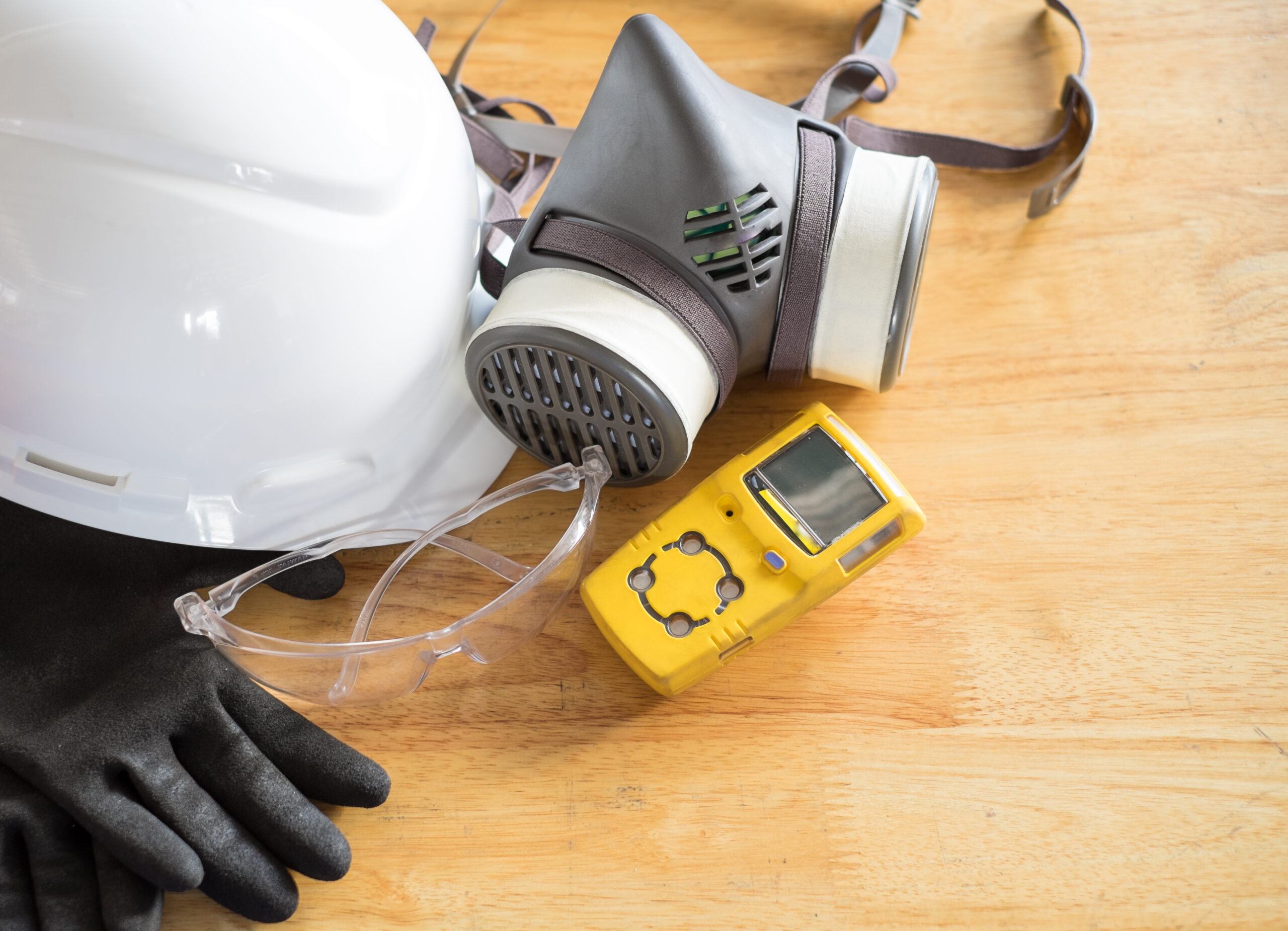
Working with epoxy resin can leave you wondering about safety measures. Wearing a mask is one key precaution often discussed. This blog will guide you through the importance of why you should wear a mask when using epoxy resin, and other protective steps to ensure your safety.
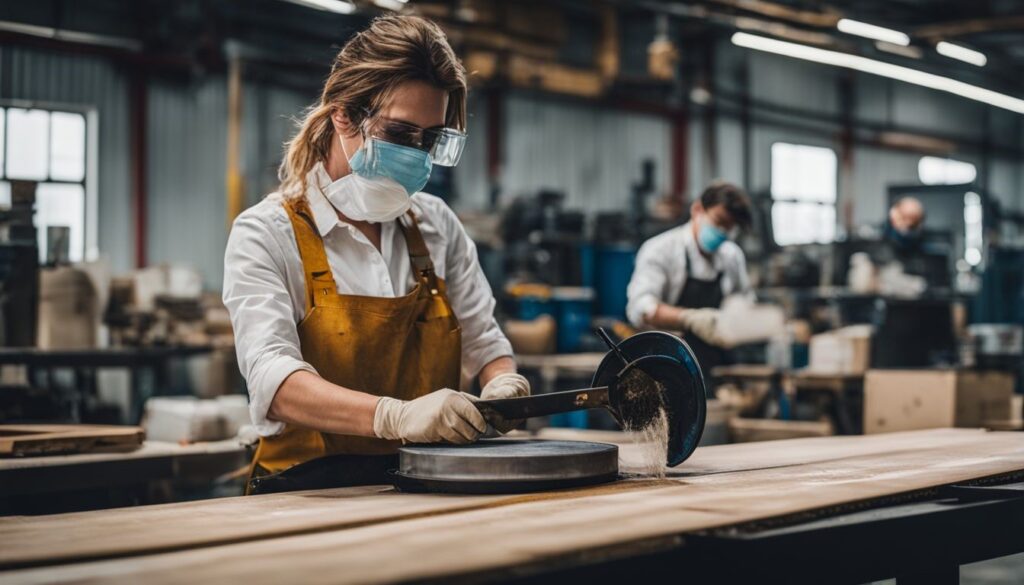
Key Takeaways
- Wearing a mask when using epoxy resin is crucial to avoid breathing in harmful fumes and particles. Different masks, including NIOSH-approved respirators and particle masks, can help protect your lungs from irritation caused by epoxy vapors.
- Safety precautions like wearing protective gloves, goggles, and ensuring proper ventilation are essential when working with epoxy resin. These steps reduce the risk of skin irritation or allergic reactions and minimize exposure to dangerous fumes.
- When sanding or grinding cured epoxy resin, it’s important to use a particle mask or respirator. This prevents you from inhaling fine particles that could harm your health. Additionally, using dust collection systems or wet sanding methods can help capture airborne particles effectively.
- Even in well – ventilated areas, wearing a suitable mask while handling epoxy resin is recommended to safeguard against potential health hazards. Taking regular breaks in fresh air can also lessen exposure to toxic vapors during extended periods of work with epoxy resin.
- Following manufacturer recommendations for personal protective equipment (PPE) based on the specific type of epoxy resin being used ensures optimal protection against inhalation risks and contributes to maintaining a safe working environment.
Safety Precautions When Working with Epoxy Resin
When working with epoxy resin, it is crucial to prioritize safety precautions. This includes understanding the respiratory protection requirements and health hazards associated with epoxy resin.
Respirator Requirements
Safety precautions are crucial when working with epoxy resin, and one key aspect is respiratory protection. Using a respirator mask can shield you from inhaling dangerous fumes and particles.
Depending on your project’s scope and the ventilation of your workspace, wearing a NIOSH-approved respirator might be necessary to ensure safety. This equipment helps prevent respiratory irritation caused by high concentrations of epoxy vapors, especially during prolonged exposure.
For tasks like sanding resin where fine particles can easily be inhaled, opting for a particle mask or a more protective respirator is recommended. Choosing the right type of breathing protection plays an essential role in minimizing health hazards associated with epoxy resin use.
Even though using small amounts in well-ventilated areas might not always require a mask, it’s better to err on the side of caution. Professionals often recommend a 3M respirator for optimal defense against harmful chemical exposures during epoxy resin crafting activities.
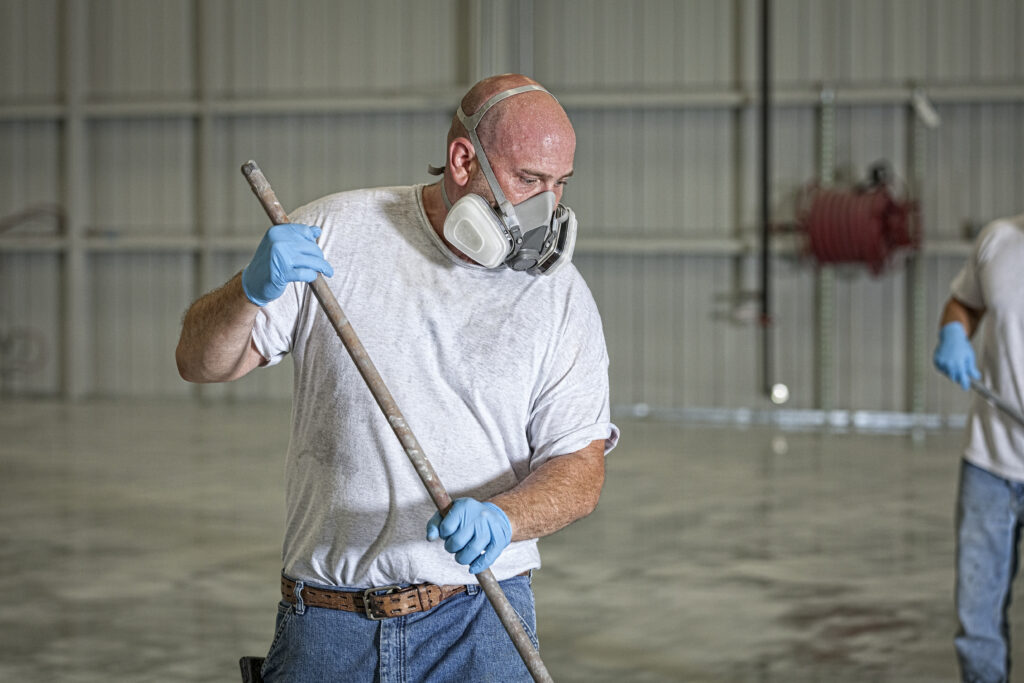
Health Hazards
Epoxy resin can pose health hazards due to inhalation of vapors and particles. Prolonged exposure to concentrated epoxy vapors may cause respiratory irritation, making it important to consider using a respirator mask for safety.
Additionally, when sanding resin, wearing a particle mask or respirator is recommended to protect against inhaling particles that could be harmful if breathed in. It’s essential to be mindful of safety guidelines and take necessary precautions, including the use of proper protective equipment such as NIOSH-approved respirators or dust masks when working with epoxy resin.
The decision to wear a respirator when using epoxy resin depends on the circumstances; however, considering safety measures is crucial. For instance, in well-ventilated areas with minimal amounts of epoxy resin use, the need for a respirator may be reduced but not entirely eliminated.
Personal Protective Equipment
When working with epoxy resin, it is crucial to use the proper personal protective equipment (PPE) to ensure safety. Here are some important PPE considerations:
- NIOSH-Approved Respirator: When working with epoxy resin, especially in poorly ventilated areas and when sanding or grinding, a NIOSH-approved respirator should be worn to protect against inhalation of particles and vapors.
- Protective Gloves: Wearing chemical-resistant gloves is essential to prevent skin contact with epoxy resin, which can cause irritation or allergic reactions.
- Safety Goggles: Protecting your eyes from potential splashes or fumes by wearing safety goggles is imperative when handling epoxy resin.
- Protective Clothing: Use a long-sleeved shirt, long pants, and an apron to safeguard your skin from accidental spills and splashes of uncured resin.
- Proper Ventilation: Ensure you work in a well-ventilated area or use a properly designed ventilation system to minimize exposure to harmful fumes.
- Follow Manufacturer’s Recommendations: Adhere to the manufacturer’s guidelines for using any additional necessary PPE based on the specific type of epoxy resin being used.
It’s vital to prioritize safety by utilizing the appropriate PPE when working with epoxy resin to mitigate potential health risks and ensure a safe working environment.
Do You Need to Wear a Mask When Using Epoxy Resin?
When using epoxy resin, it is crucial to wear a mask to protect yourself from inhaling potentially harmful fumes. Different types of masks are available for consideration when working with epoxy resin, such as NIOSH-approved respirators and N95 masks.
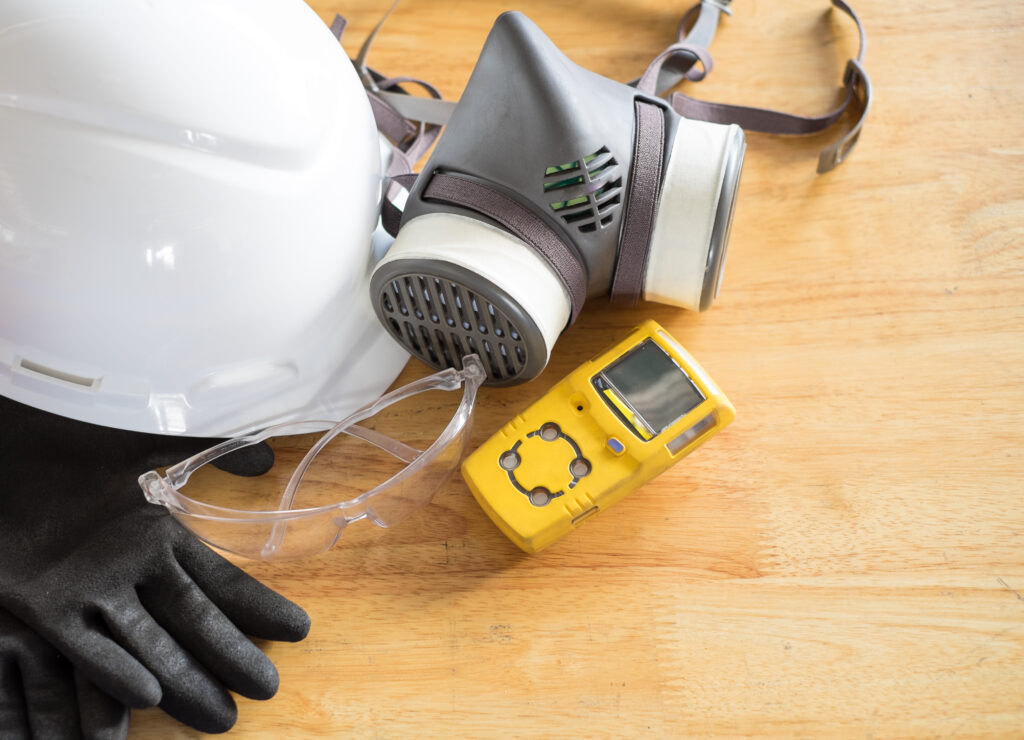
Importance of Wearing a Mask
Wearing a mask when working with epoxy resin is crucial to protect against inhaling harmful vapors and particles. The inhalation of concentrated epoxy fumes can lead to respiratory irritation, emphasizing the need for wearing a NIOSH-approved respirator or particle mask as part of personal protective equipment (PPE).
Even in well-ventilated spaces, using a mask while sanding resin is essential to minimize the risk of inhaling potentially harmful particles. Therefore, understanding the importance of wearing a suitable mask when handling epoxy resin supports overall safety and health precautions.
When considering the safety measures associated with using epoxy resin, prioritizing the use of appropriate masks aids in safeguarding against potential health hazards. Protecting oneself from inhaling vapors and particles should be paramount when engaging in projects involving epoxy resin materials.
Types of Masks to Consider
When working with epoxy resin, it is important to consider the types of masks that can offer protection against inhaling fumes and particles. Here are some types of masks to consider:
- NIOSH-approved respirator: A respirator approved by the National Institute for Occupational Safety and Health (NIOSH) provides reliable protection against epoxy vapors and particulates.
- Half-face respirator: This type of mask covers the nose and mouth, providing effective filtration for both vapors and particles while allowing for comfortable breathing.
- Particle mask: Also known as a dust mask, this type of mask is suitable when sanding or grinding cured epoxy resin to prevent inhalation of particles.
- Full-face respirator: For individuals working with larger quantities of epoxy resin or in poorly ventilated spaces, a full-face respirator offers comprehensive protection for the eyes, nose, and mouth.
- Cartridge respirator: Equipped with replaceable cartridges designed to filter specific contaminants, this type of respirator ensures tailored protection based on the respiratory hazards present during resin work.
- Powered air-purifying respirator (PAPR): Particularly suitable for extended use in confined or enclosed spaces, a PAPR delivers filtered air to the wearer through a powered unit, offering enhanced comfort and protection.
- N95 mask: While not specifically designed for resin work, an N95 mask can provide basic protection against inhaling airborne particles during short-term epoxy handling tasks conducted in well-ventilated environments.
- Respiratory face shield: This combination of a face shield with an integrated respiratory filter provides protection against both fumes and airborne particles while ensuring clear visibility during resin application or sanding processes.
- Reusable silicone respirator: Featuring a reusable silicone body and replaceable filters, this type of respirator offers durable protection tailored for repeated use in epoxy resin applications.
Additional Safety Tips and Guidelines
Ensure proper ventilation to reduce epoxy vapor exposure. Use caution when sanding or grinding epoxy resin to minimize the risk of inhaling particles.
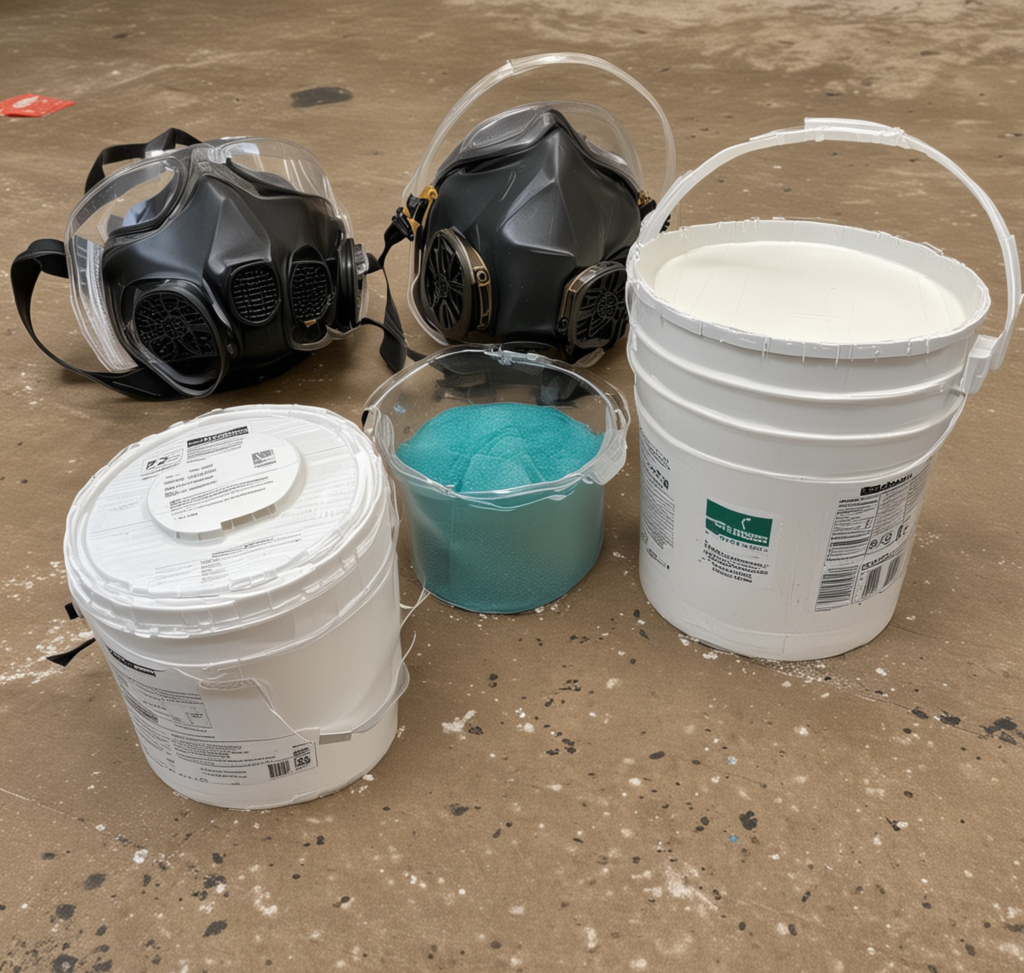
Avoiding Inhaling Epoxy Vapors
When working with epoxy resin, it is crucial to take precautions to avoid inhaling vapors that could potentially cause health risks. Here are some safety tips to consider in order to minimize exposure to epoxy vapors:
- Always work in a well – ventilated area to reduce the concentration of vapors in the air.
- Use a NIOSH-approved respirator or mask specifically designed for chemicals and fumes when working with large quantities of epoxy resin.
- Take regular breaks in a well – ventilated space, especially when using epoxy resin for an extended period.
- When sanding or grinding cured epoxy, wear a particle mask or respirator to protect against inhalation of particles.
It’s important to be mindful of these safety guidelines and take necessary precautions when working with epoxy resin in order to protect against potential health risks.
Conclusion
When working with epoxy resin, it is essential to wear a mask for safety. Prolonged exposure to epoxy vapors can cause respiratory irritation, making a respirator an important precautionary measure.
Optus Resin Technology emphasizes the importance of using NIOSH-approved respirators or particle masks to shield against inhaling harmful fumes and particles released during epoxy resin projects.
Remember to follow manufacturer recommendations and industry guidelines for handling epoxy resin safely,
FAQs
Wearing a mask, especially a NIOSH-approved respirator, helps protect you from inhaling harmful fumes that epoxy resin releases, reducing inhalation risks.
The best type of mask for working with epoxy resin is a NIOSH-approved respirator because it filters out toxic fumes more effectively than regular masks.
Even though UV resin might release fewer fumes, it’s still important to wear personal protective equipment (PPE), including a suitable mask, to safeguard your health.
Alongside wearing an appropriate respirator or mask, you should also use gloves and protective eyewear as part of your personal protective equipment (PPE) to ensure full safety while handling epoxy resins.
